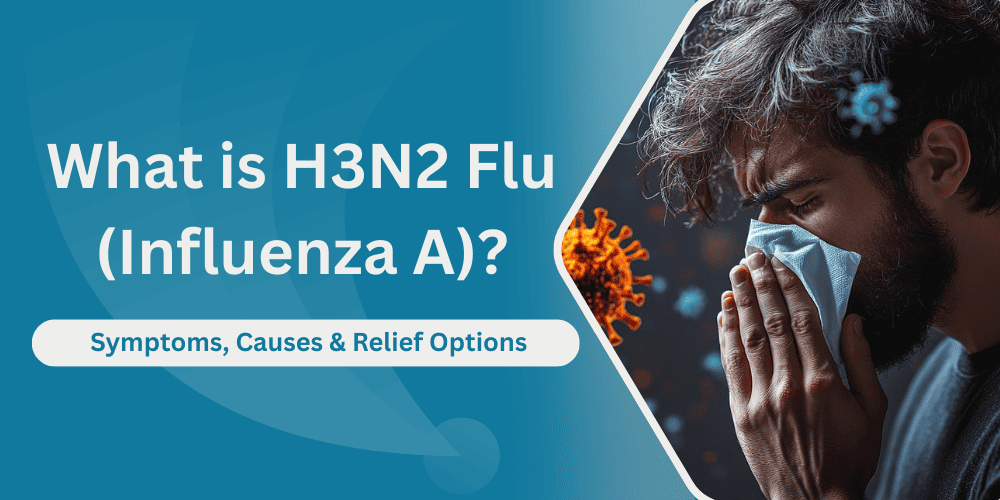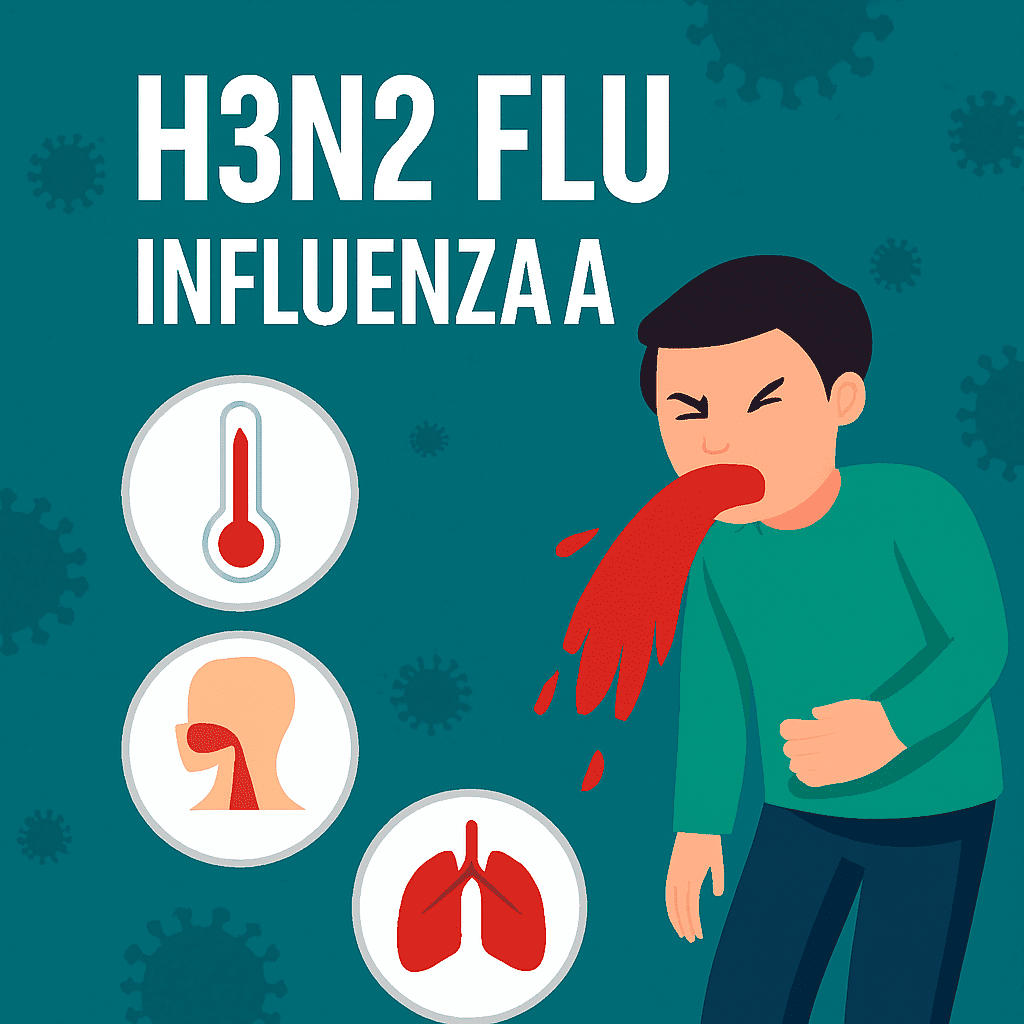Understanding Influenza A and Its Subtypes
H3N2 is a type of Influenza A virus that has been responsible for some of the most severe flu seasons in recent history. Unlike the common cold, this flu strain can be dangerous — especially for certain groups. You’ve probably heard of the flu, but did you know that influenza viruses come in several flavors? One of the most common and notorious types is Influenza A, and within this family, H3N2 stands out as a major player. So, what exactly is H3N2? It’s a subtype of the Influenza A virus that’s known for causing seasonal flu outbreaks worldwide. Unlike other subtypes, H3N2 often brings more severe symptoms, particularly in vulnerable groups like the elderly and young children.
How H3N2 Differs from Other Flu Strains
Compared to other flu subtypes like H1N1, H3N2 tends to cause more hospitalizations and sometimes more severe outbreaks. That’s why flu vaccines are updated regularly to include protection against H3N2, though vaccine effectiveness can vary year to year.
Causes of H3N2 Flu
Transmission of the Virus
H3N2 spreads much like the regular flu—through droplets when an infected person coughs, sneezes, or even talks. You can also catch it by touching surfaces contaminated with the virus and then touching your face.
Seasonal Trends and Risk Factors
Flu season typically hits in fall and winter when people spend more time indoors. Crowded places, poor ventilation, and weakened immune systems all raise your chances of catching H3N2.
Virus Mutation and Evolution
The H3N2 virus is a shape-shifter. It changes its proteins through a process called “antigenic drift,” making last year’s immunity less effective. This constant mutation fuels seasonal epidemics.
Symptoms of H3N2 Flu
Severe Symptoms and Complications
In some cases, H3N2 leads to complications like pneumonia, bronchitis, or worsening of chronic conditions like asthma. Watch out for shortness of breath, chest pain, or confusion—these require immediate medical attention.
How Symptoms Differ From Other Flus
While symptoms are broadly similar across flu types, H3N2 infections tend to hit harder, especially in older adults, often leading to more frequent hospital stays.
Common Symptoms
You’ll know you have the flu when fever, chills, muscle aches, cough, and fatigue knock you off your feet. Other typical symptoms include sore throat, runny or stuffy nose, and headaches.
Prevention of H3N2 Flu
Vaccination and Its Effectiveness
Flu vaccines remain your best defense. They are reformulated annually to include the most common strains, including H3N2. While not 100% foolproof, vaccination reduces severity and complications.
Personal Hygiene and Safety Measures
Simple habits like washing your hands, covering your mouth when coughing, and avoiding close contact with sick people can go a long way.
Lifestyle Habits to Reduce Risk
Maintaining a healthy diet, regular exercise, and enough sleep keeps your immune system ready to fight off viruses like H3N2.
Treatment and Relief Options
Symptom Management at Home
Rest: Your body needs extra energy to fight the infection, so prioritizing rest is crucial. Avoid strenuous activities and get plenty of sleep to help your immune system work efficiently.
Hydration: Flu can dehydrate you, especially if you have a fever. Drink plenty of fluids like water, herbal teas, broth, or electrolyte drinks. Staying hydrated thins mucus and helps soothe sore throats and dry coughs.
Preventing the Spread and Promoting Recovery
Isolation: Stay home from work, school, and public places until at least 24 hours after your fever is gone without using fever-reducing medicines. This reduces the risk of infecting others.
Hygiene Practices: Regular hand washing, using tissues when coughing or sneezing, and disinfecting commonly touched surfaces help stop the virus from spreading within your household.
Relief from H3N2 flu is a combination of early antiviral treatment, symptom-focused care, supportive home remedies, and knowing when to get professional help. While antivirals can reduce severity, the cornerstone of relief is rest, hydration, and managing symptoms with OTC medicines and home comfort strategies. Always remember, prevention through vaccination and hygiene is your best defense.


